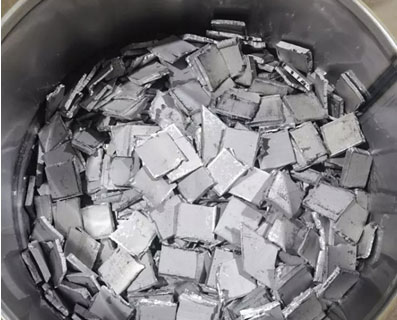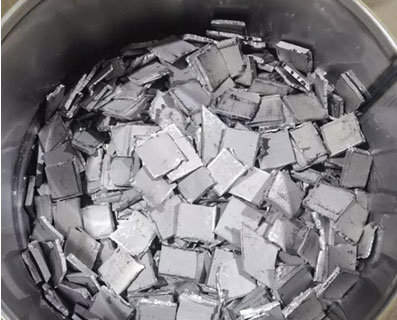English

What are you looking for?
Chemical Composition | |||||
Co:99.95 | C: 0.005 | S<0.001 | Mn:0.00038 | Fe:0.0049 | |
Ni:0.002 | Cu:0.005 | As:<0.0003 | Pb:0.001 | Zn:0.00083 | |
Si<0.001 | Cd:0.0003 | Mg:0.00081 | P<0.001 | Al<0.001 | |
Sn<0.0003 | Sb<0.0003 | Bi<0.0003 | |||
Cobalt metal is mainly used to make alloys. Cobalt-based alloy is the general term for an alloy made of cobalt and chromium, tungsten, iron, and nickel. The wear resistance and machinability of the tool steel with a certain amount of cobalt can be significantly improved. Starlite carbide with cobalt-50 or more will not lose its original hardness even if heated to 1000℃. Today, this kind of carbide has become the most important material used between gold-cutting tools and aluminum.


The methods of extracting cobalt from cobalt-containing materials can be divided into full fire process, full wet process and combined fire and wet process. Modern cobalt extraction mostly uses a combined process.
(1) Full fire process. It was widely used before the 1940s, and now only the Panda cobalt plant in Zaire uses electric furnace to melt copper and cobalt alloys.
(2) Full wet process. It mainly includes the pressurized acid leaching, ammonia leaching, sulfuric acid leaching, nitric acid leaching and chlorination leaching of various materials containing cobalt.
(3) Joint process. It can be roughly divided into two cases: one is to use sulfation roasting (copper and cobalt concentrate, pyrite), reduction roasting (laterite ore), arsenic removal roasting (arsenic and cobalt concentrate) and other simple fire treatment, and then leaching with acid or ammonia solution; The other is in the process of copper, nickel, zinc and other metals smelting process, cobalt enrichment as an intermediate, and then wet treatment.
Due to the complexity of cobalt extraction materials, there is no "standard" or traditional process for cobalt metallurgy. However, no matter what process is used, the final production of cobalt metal generally adopts wet process, which is a major feature of cobalt metallurgy. The production of metallic cobalt from intermediate products containing cobalt obtained by various processes is usually done by drilling electrolysis or hydrogen reduction.

There are 13 isotopes of cobalt, but only 59Co is found in nature. The artificially produced isotope 60Co has a wide range of uses.
The stable crystal shape of cobalt at room temperature is hexagonal dense packing, while the stable structure above 673K is face-centered cubic.
Cobalt is a ferromagnetic substance, similar to iron and nickel in hardness, tensile strength, mechanical properties, thermodynamic properties and electrochemical behavior.